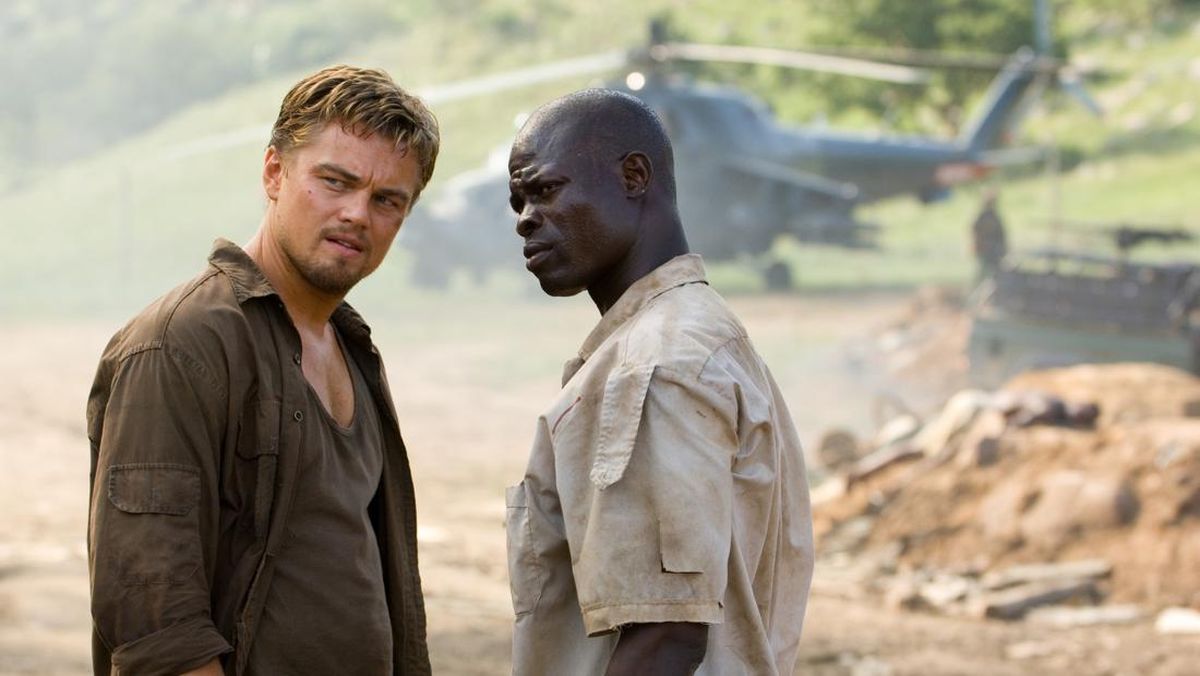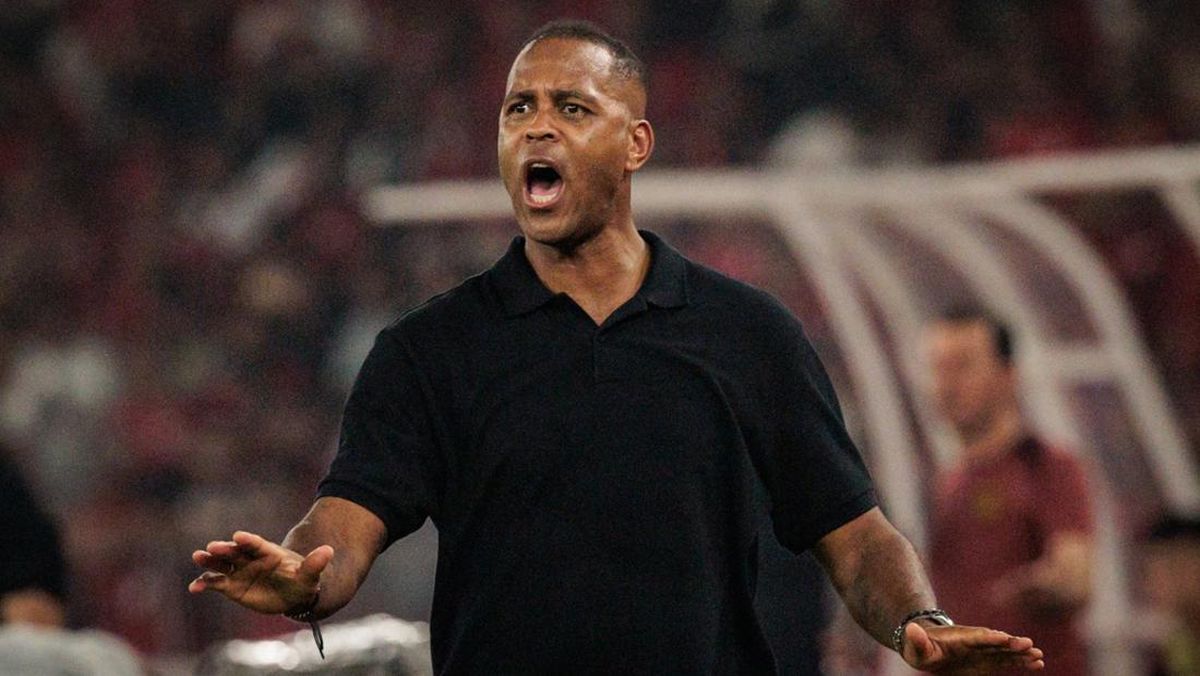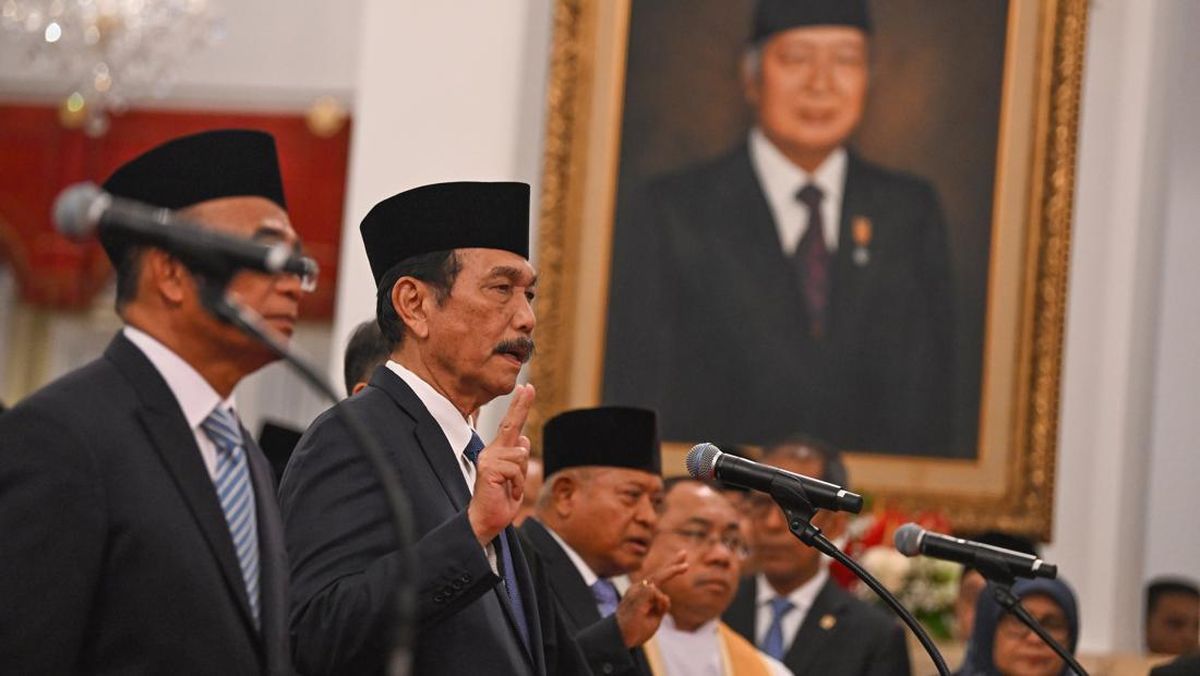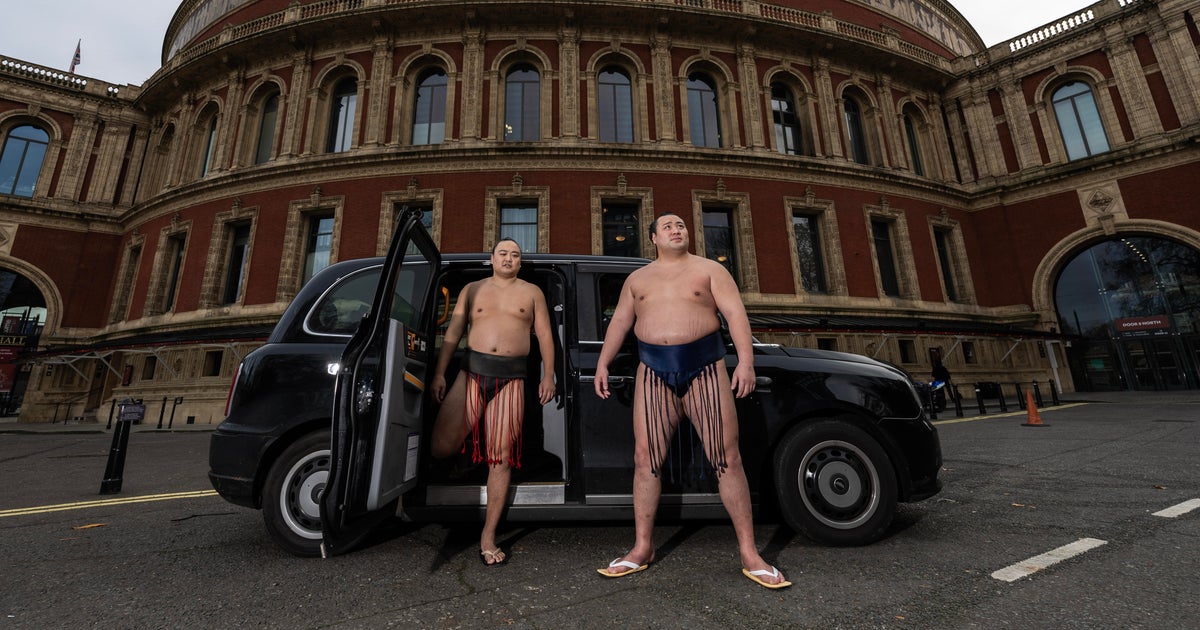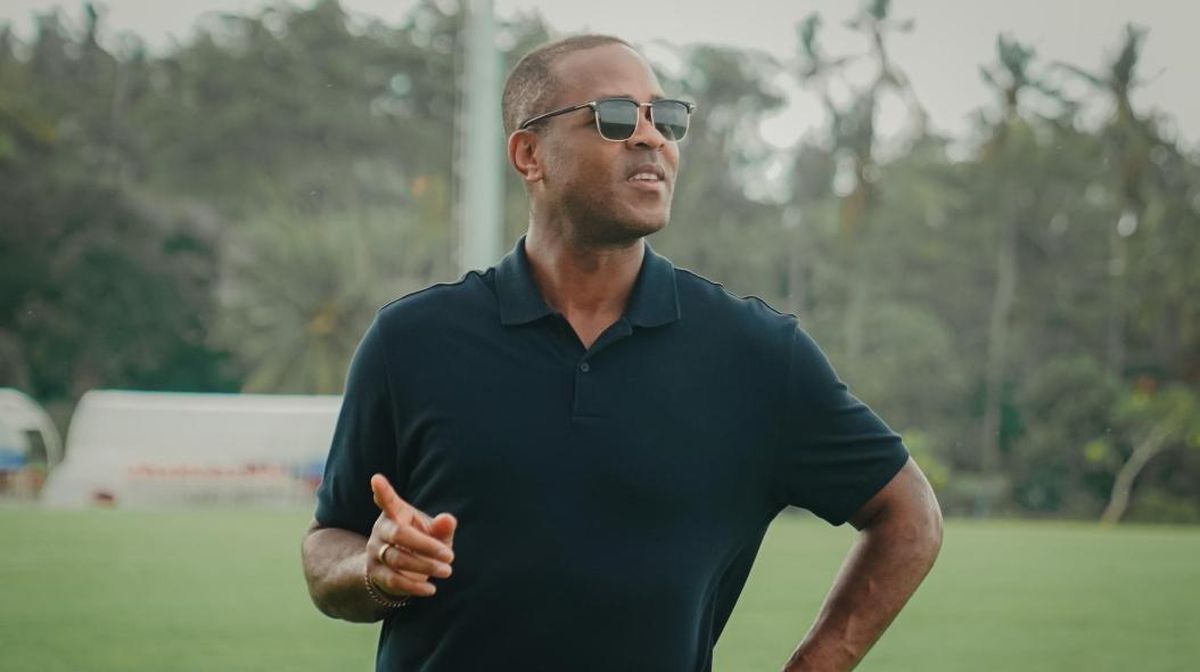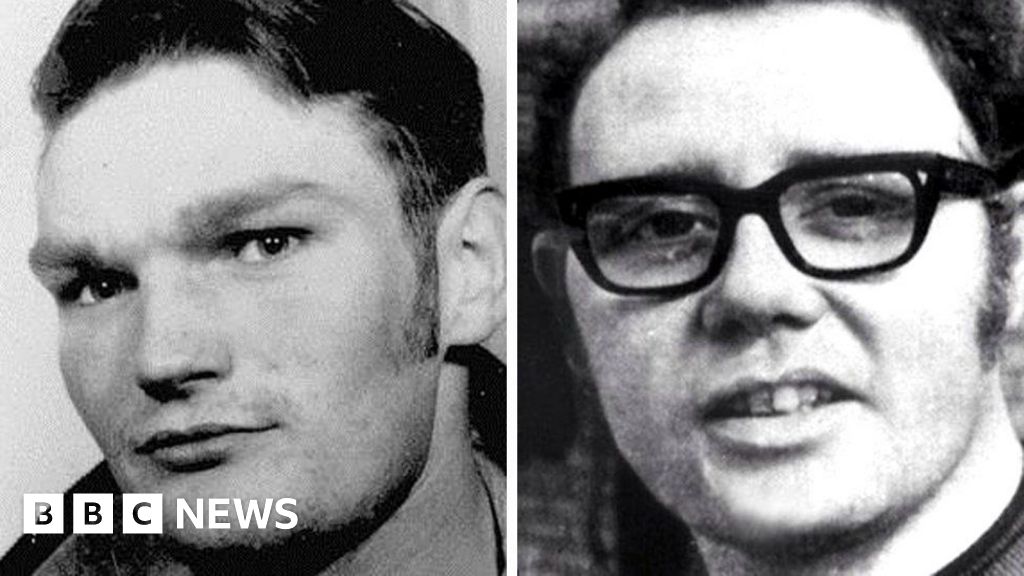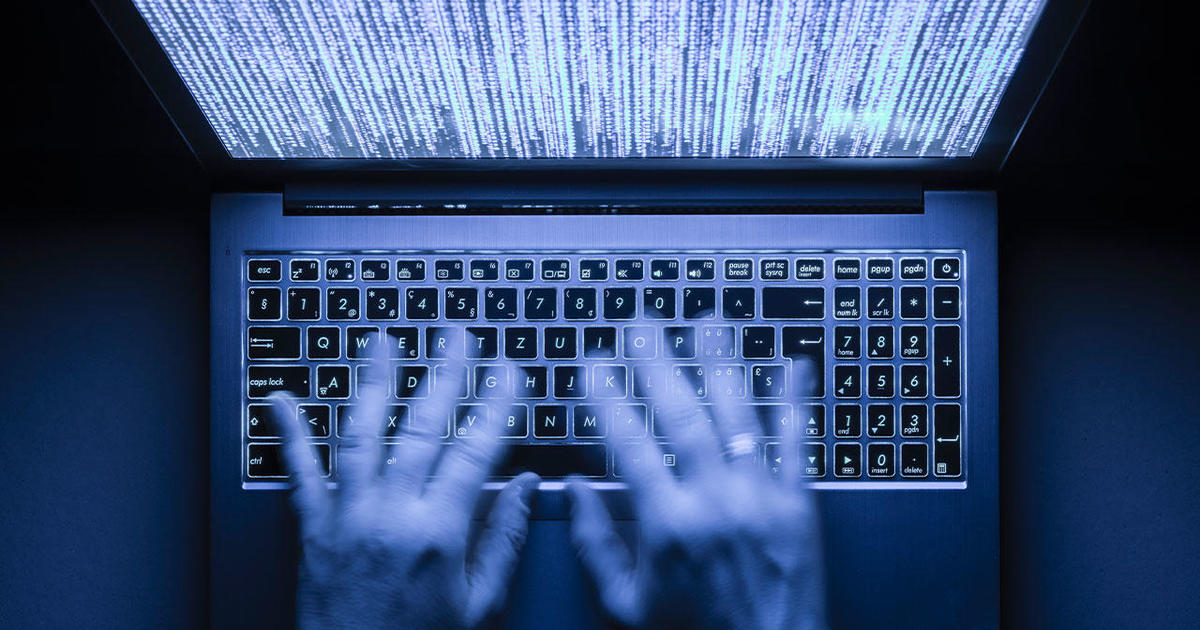It was late on a Sunday night when my phone pinged, just after I’d turned off the bedside lamp. “Holy f--- someone was shot out the front of the building!” The text message came from my brother-in-law, who was inside our apartment in New York’s Greenwich Village with his wife and two teenage sons when shots rang out.
Having left the city the day before, my family and I were far from the chaos unfolding beneath our apartment on that June night this year. People had flocked to our neighbourhood, the birthplace of the gay rights movement, to party in the hours after the city’s Pride march. Revellers were still celebrating when my 13-year-old nephew ran to the window and yelled, “Dad, someone’s been shot!”
When my brother-in-law looked down on the street below, he spotted a figure slumped against the wall of the supermarket opposite our building. “There was a pool of blood,” he told me later. “I thought, ‘Geez, that’s a lot of blood.’ ” As swarms of police arrived, he ordered his sons to stay away from the windows. News sites soon began reporting that two teenage girls had been shot, one in the head and one in the leg. The next morning, when my brother-in-law looked out the window, a man was hosing down the blood from the pavement, the stain of America’s gun violence epidemic swirling into the gutter.
‘Insanely predictable’
The torrent of shootings unleashed daily across the US can feel so incessant that at times you need to tune out, or you’d become paranoid and never let your kids out of your sight. But what if you spent seven days a week recording this violence, death and injury, cataloguing in spreadsheets the damage humans can inflict on one another in a country where the Second Amendment right to keep and bear arms is fiercely protected? That’s how Mark Bryant spends his days.
From his home office in Lexington, Kentucky, the bespectacled 70-year-old with a Santa Claus beard runs the Gun Violence Archive, a not-for-profit he co-founded 12 years ago with the aim of recording every shooting across the country. He and his 24 staff, including his wife, monitor more than 5000 sources, including the police and the FBI, news reports and social media, to track and verify shootings.
Statistics may not be sexy, but they can make you sit up and pay attention. Like when Bryant tells you how many people are shot every day on average across the US. “Shootings are insanely predictable,” he says. “It’s 115 a day, almost every day.” In the 24 hours after we speak in September, it’s a below-average day, with 77 shootings.
You likely heard about one victim in particular: Charlie Kirk, the conservative activist who was gunned down at a Utah university. What you may not have heard about is the 38 other people who were killed that day and the 49 injured. There was the woman killed just days before her 25th birthday in Florida; the two students injured at a Colorado high school; the 10-year-old wounded by a stray bullet in Missouri. They’re all logged in Bryant’s database.

Conservative activist Charlie Kirk, a victim of US gun violence last month.Credit: Getty Images
But for someone confronting this horrific daily toll, Bryant may not be exactly what you’d expect. Perhaps most surprising is what is locked in a safe in the home he shares with his wife. Alongside their passports, family photographs, cameras and his mother’s jewellery are seven guns.
Tracking the carnage
By about 11am most days, Bryant can be found sitting in front of his two computer screens, reviewing the latest shootings and updating the database. He typically works until about 4am the next day, sipping on Coke and iced tea. “I can tell I’ve worked too long when out the window of my office I can see sunrise,” he says. What keeps him going through the early morning hours – apart from caffeine – is the same drive that prompted him to start the organisation in 2013, after a health scare made him think hard about how he wanted to spend the remainder of his working life. He’d previously worked as a data and systems analyst.
“We’d had several shootings in the US that were bothering me greatly … what was really bothering me was the fact that media and law enforcement and politicians were all using different sets of figures,” he says, adding that authorities don’t typically release statistics until months after incidents occur. The Gun Violence Archive is usually updated within 24 hours of a shooting. Bryant believes that providing up-to-date details can help inform how politicians respond to gun violence.

Mark Bryant at his computer.Credit: Courtesy of Mark Bryant
I first spoke to Bryant last year, as my family was adjusting to life in the US, where about one in three people report they own a gun, according to the Pew Research Center. On the day my kids started their new school, two students and two teachers were killed at a high school in Georgia. Days later, my daughter reported hiding in a classroom cupboard during a lockdown drill.
By the end of 2024, shootings had claimed the lives of 16,881 people and left 31,790 injured, according to the Gun Violence Archive. This year, two students aged eight and 10 were killed in late August when a shooter opened fire through a church window in Minneapolis. A few days later, an 11-year-old boy was shot and killed in Houston, Texas, after playing a prank known as “ding dong ditching”, where kids ring people’s doorbells before running away.
After more than a decade tracking shootings such as these, Bryant says it no longer affects him emotionally. “I’m pretty much immune to emotional damage from this now. I’ve seen enough of it.”
Political violence rising
Bryant’s introduction to guns came when he was just five years old. That was when his father began showing him how to shoot rats in rubbish tips. “All the other fathers would take their kids and we would learn to shoot,” he recalls. “It was extremely safe. These guys were all World War II vets and they were all very disciplined about firearms.”
He used to go to his local shooting range – “I killed a lot of paper targets,” he says – but with work now consuming most of his time, it’s been several years since his last visit. He says he’ll probably sell his guns in the near future. They’re mostly pistols he inherited from relatives, which now just “collect rust and dust”: “To me, they are an asset only … If you said today to me, ‘You need to get rid of your guns’, my only question would be, ‘How much is the cheque you’re writing?’ ”
Others, he says, think differently. “We have the culture of guns that is weaponised around the Second Amendment; people will die over that,” he says. “They believe gun rights are sacrosanct and they are not going to relinquish them.”
That kind of sentiment is why Bryant believes a buyback scheme similar to the one carried out in Australia after the 1996 Port Arthur massacre would not succeed in the US. “You didn’t have the constitutional framework to protect their rights, so it was a whole bunch easier to do,” he says.
Loading
But does he believe Americans should have the right to bear arms? “The constitution gives everyone that right,” he replies. “Whether I agree with it or not, it’s a right that everyone has. And getting the Second Amendment removed would be tantamount to starting a civil war. I think people have the right to defend themselves … The odds are highly in favour that guns for defence will sit in the house and collect rust and dust, and that’s a good thing.”
While the headlines may seem relentless, Bryant’s figures show the total number of shootings in the US has been declining since 2021. There’s been fewer school shootings and fewer mass shootings, which the Gun Violence Archive defines as incidents where four or more people are shot.
But politically motivated violence is on the rise. Donald Trump survived two assassination attempts last year, two state Democratic politicians and their spouses were shot in Minnesota by a masked gunman in June, and Charlie Kirk became the latest casualty in September.

Outside a Minneapolis church where two children, aged eight and 10, were shot dead this year through a window.Credit: Getty Images
After a bullet took Kirk’s life, media reported how he had been a strong supporter of gun rights, saying in 2023: “I think it’s worth to have a cost of, unfortunately, some gun deaths every single year so that we can have the Second Amendment to protect our other God-given rights.”
Inaction and polarisation
Bryant has spent countless hours scrutinising the numbers, but gun violence has also come disturbingly close to home. Just two months ago, police exchanged gunfire with a man on his street. Still, he doesn’t fear becoming a victim. That’s because, he says, he looks at the statistics, which show that the vast majority of gun owners do not commit violent acts. His main reaction now after a shooting is one of disappointment, when politicians fail to act.
“The very first thing when there’s a mass shooting, every politician runs and finds a microphone and camera to offer thoughts and prayers,” he says. “Thoughts and prayers are a great first step but … we need to see an action that goes with it.”
He wants authorities to do more to get illegal guns off the streets and believes there should be greater regulation around automatic weapons, such as AR-15s, the type of rifle used to kill 26 people in the Sandy Hook Elementary School massacre in Connecticut in 2012.
Loading
After more than a decade at the helm, Bryant is looking for an assistant and someone to eventually replace him. He hasn’t taken a holiday in eight years. “I’m probably looking at five more years [of work],” he says. “That will put me at 75.”
What his statistics will reveal then about the scale of gun violence in the US is impossible to predict. But the climate of hostility in this deeply polarised nation worries Bryant. “I think we’re seeing a trend downward,” he says, “but I also think we are seeing a tremendous amount of anger and agitation.”
What he will say with certainty is that in the US, guns are here to stay. “We’re not ever going to get rid of guns. That’s just not going to happen.”
To read more from Good Weekend magazine, visit our page at The Sydney Morning Herald,The Age and Brisbane Times.

